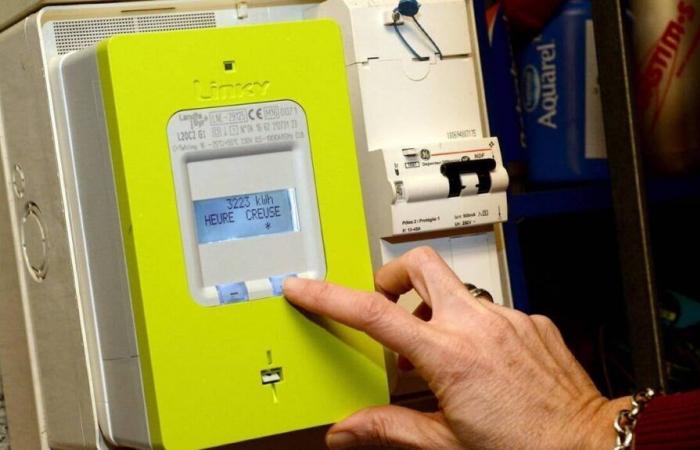The deployment of Linky smart electricity meters took place satisfactorily and at a cost lower than initial forecasts, estimated the Court of Auditors on Thursday, however being critical of the remuneration conditions of Enedis, responsible for the project.
The mass deployment of Linky meters was carried out by the electricity network manager Enedis “on time and at a cost lower than initial forecasts, making this industrial program a success recognized by most stakeholders”, considers the Court in its “follow-up control” on the deployment and use of Linky meters.
It amounts to 4.6 billion euros, which is 18% lower than the initial forecast, including savings of 880 million on the conditions of purchase and installation of meters, according to her.
Read also: Linky. Why you should definitely not cover your meter with aluminum foil
“Additional remuneration” of 311 million euros
But the rue Cambon institution emphasizes that the financing of the program is “derogation from the usual remuneration of regulated assets of Enedis and is not subject to any adjustment” for future years, until the end of the program. She evaluates this “additional remuneration” to 311 million for the period 2016-2023, with a guaranteed rate of remuneration until 2041.
She also points out that Enedis benefited from a remuneration system “advantageous”, with a bonus of 407 million between 2016 and 2022, under the “incentive regulation”, that is to say its ability to achieve performance objectives (cost, deadline, etc.).
Finally, the manager benefited from a mechanism “complex and expensive” of “tariff deferral” who was “ultimately supported by consumers”.
“The incentives for the deployment of the Linky program, whether in terms of its financing, the incentive regulation methods for achieving objectives or the tariff deferral mechanism, were particularly advantageous for Enedis,” writes the Court.
“The Energy Regulatory Commission (CRE) must ensure that the gains received by Enedis as a result of the specific Linky asset remuneration regime will be used to finance its network investment program”, she adds.
Read also: Linky meter fraud: what do you risk if you tamper with your electrical installation?
Stability of the electricity network
But the Court also sees benefits from the deployment of Linky, notably with the reduction in reading costs and small interventions, which have become possible remotely, as well as the reduction in certain losses linked to metering anomalies or billing errors. “A part of these gains was passed on to consumers through the reduction in the cost of certain services”, she emphasizes.
“Linky also contributes to the stability of the electricity network by participating in the balance between electricity supply and demand during periods of tension, as was the case during the winter of 2022-2023,” underlines the Court. These meters thus made it possible to avoid having to resort to exceptional cuts during the mid-day consumption peak.
On the other hand, the Court considers that the results in commercial terms and control of energy demand are “still disappointing”. She also emphasizes that reducing losses linked to fraud “was hampered by the effects of rising electricity prices from 2022”.






